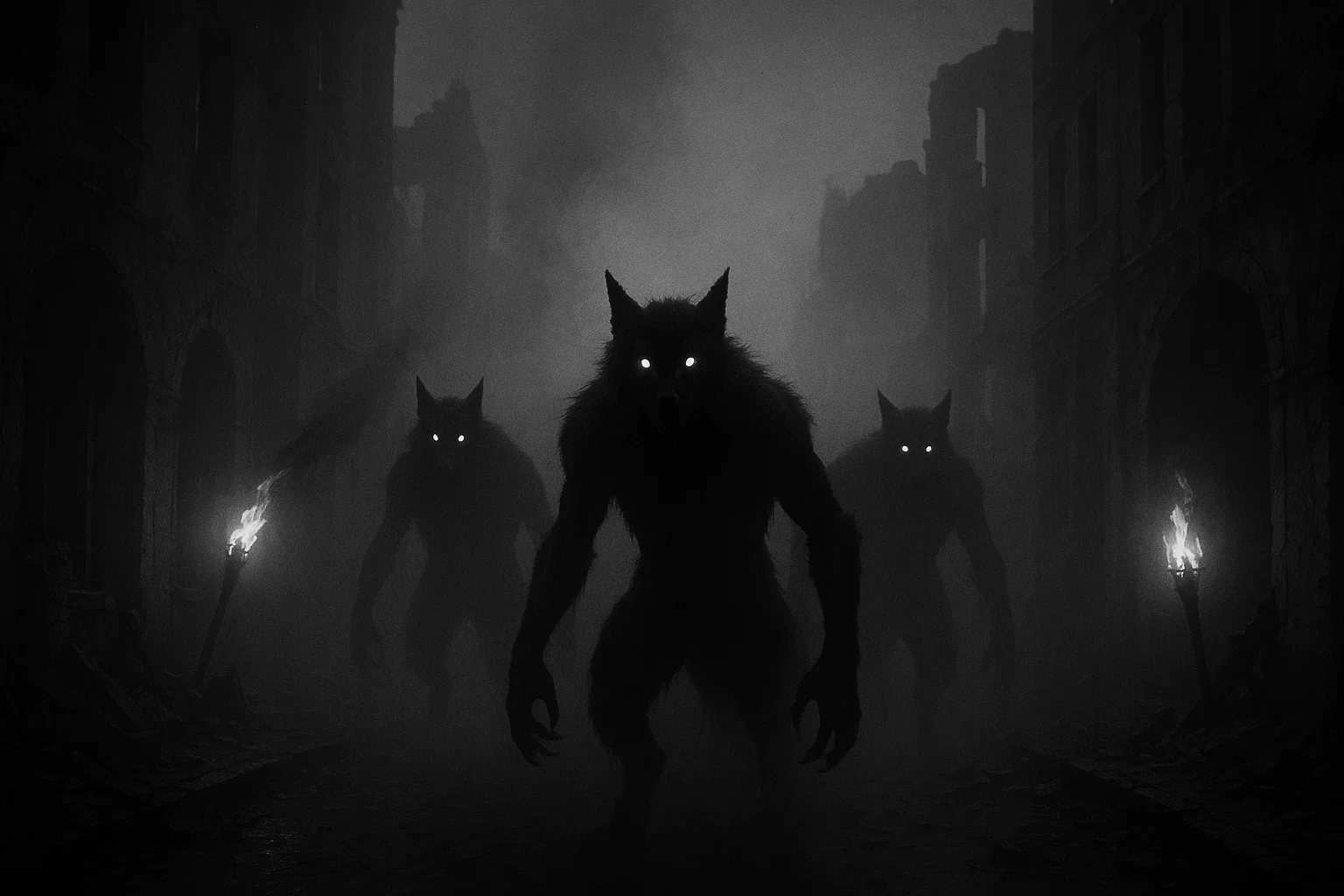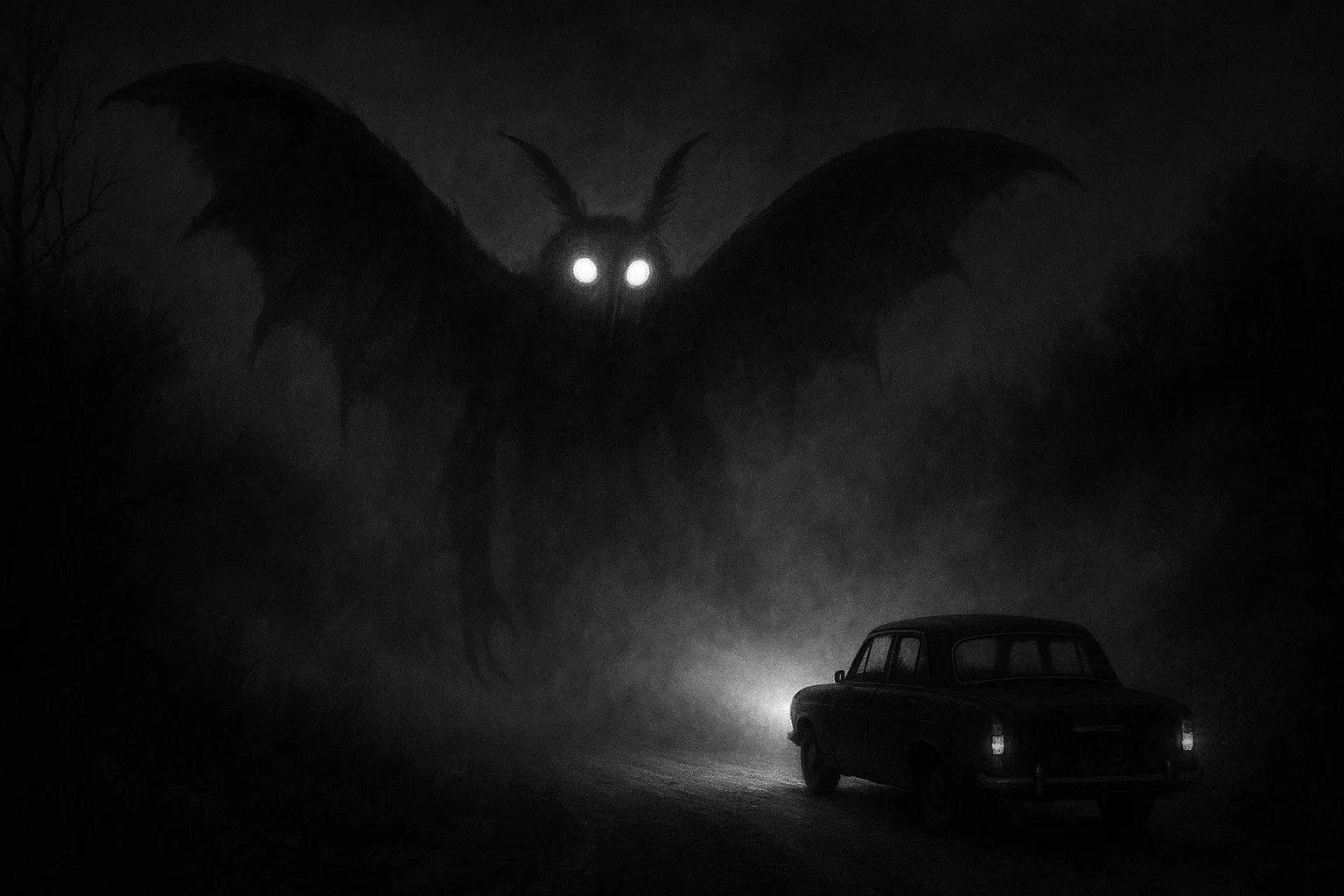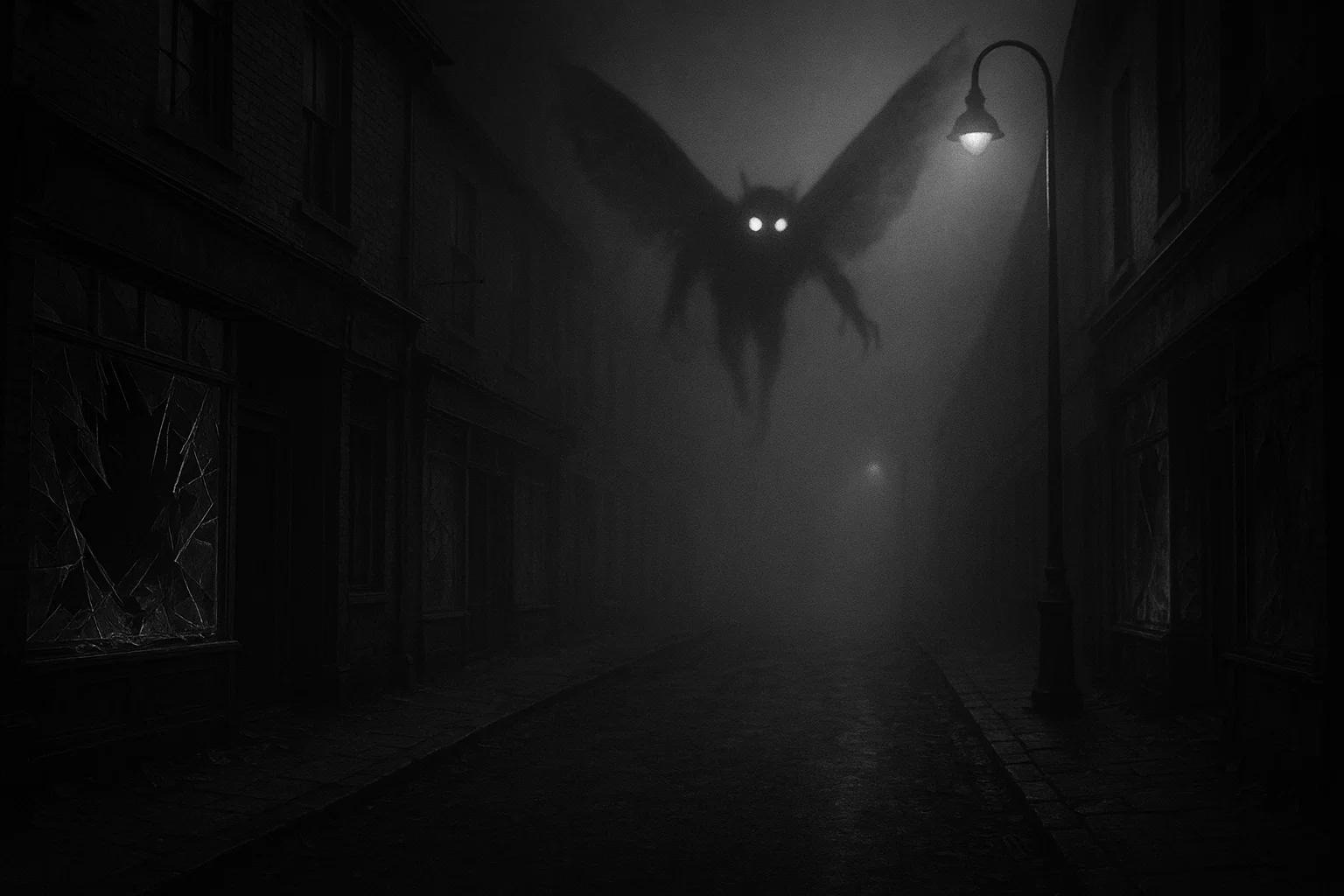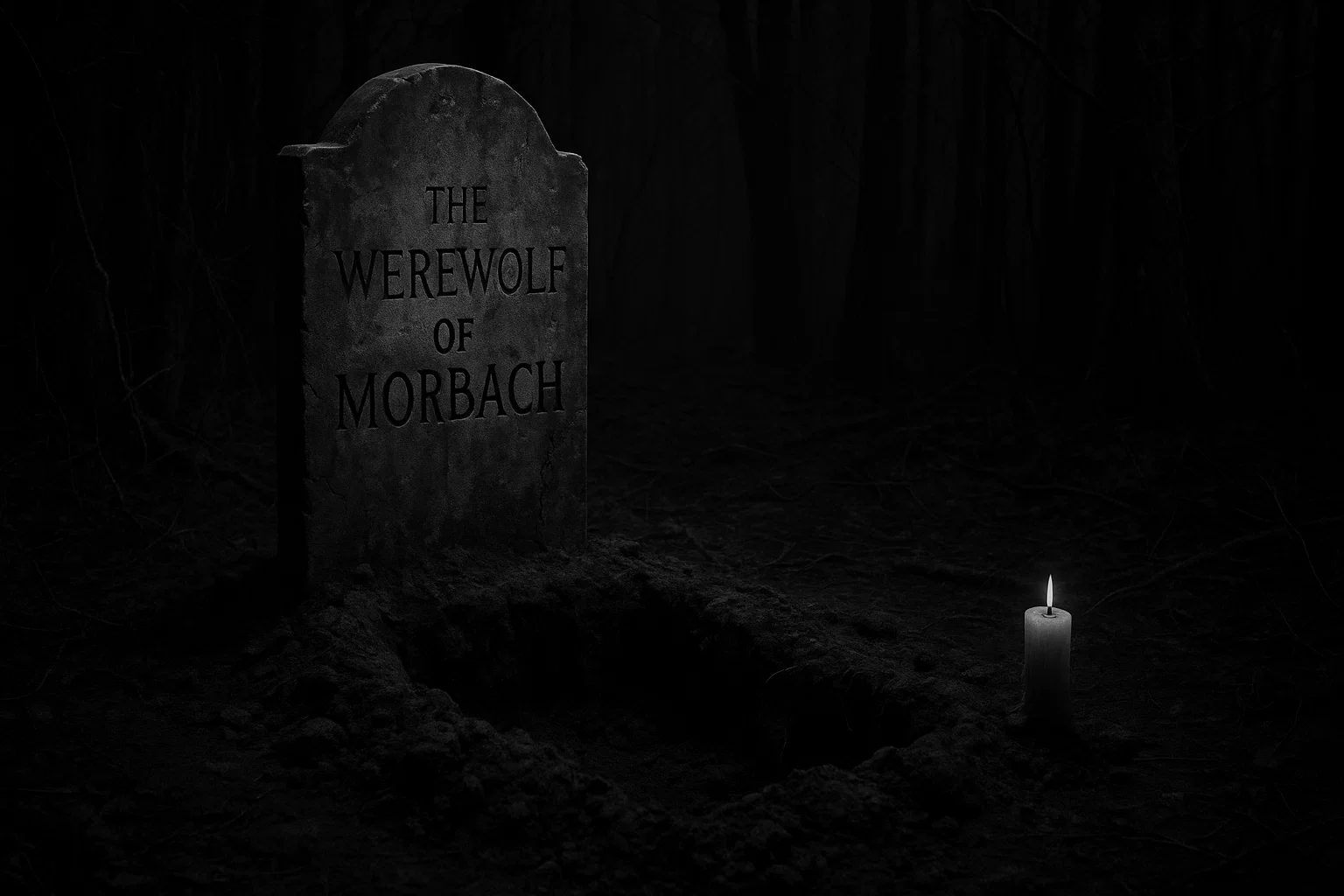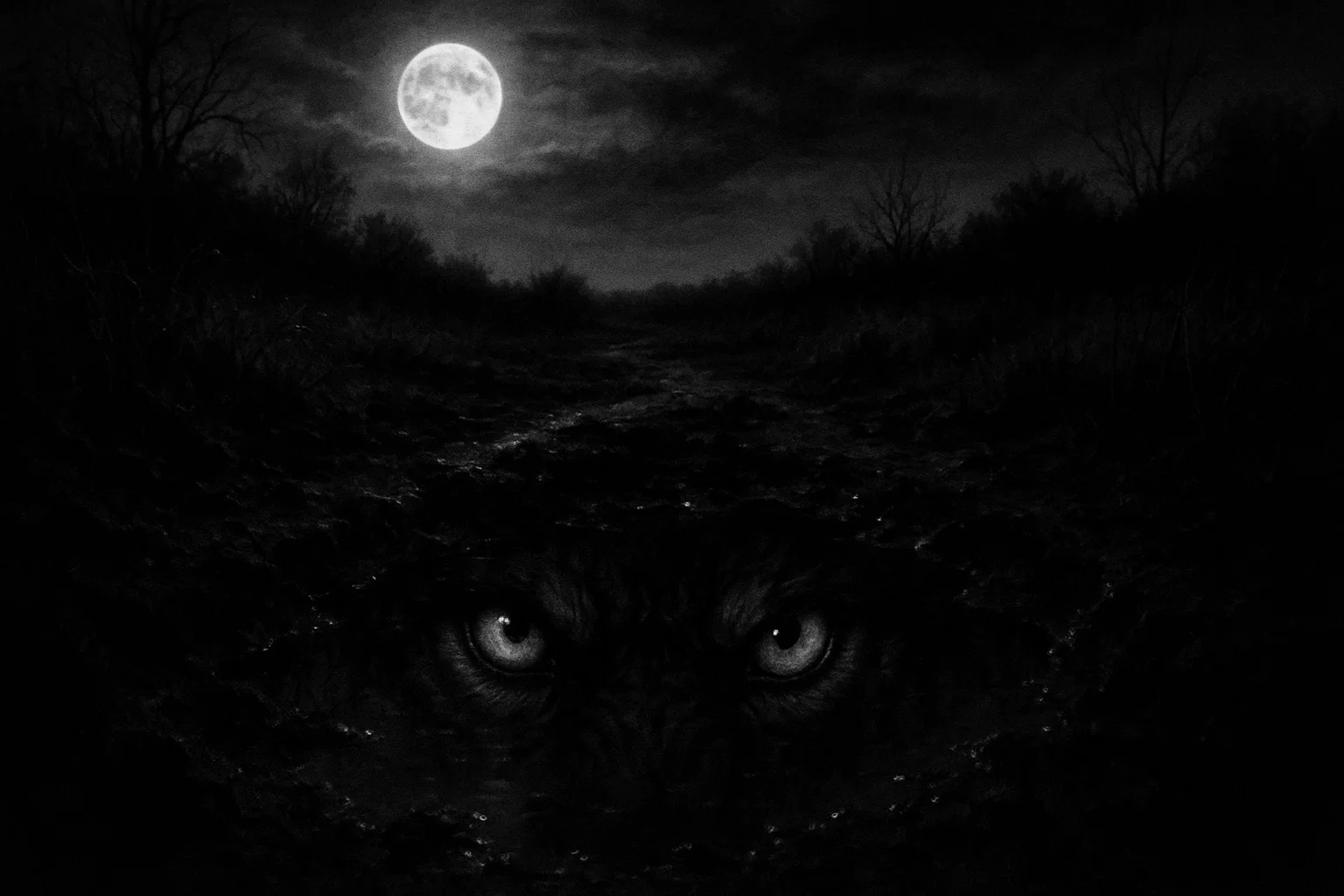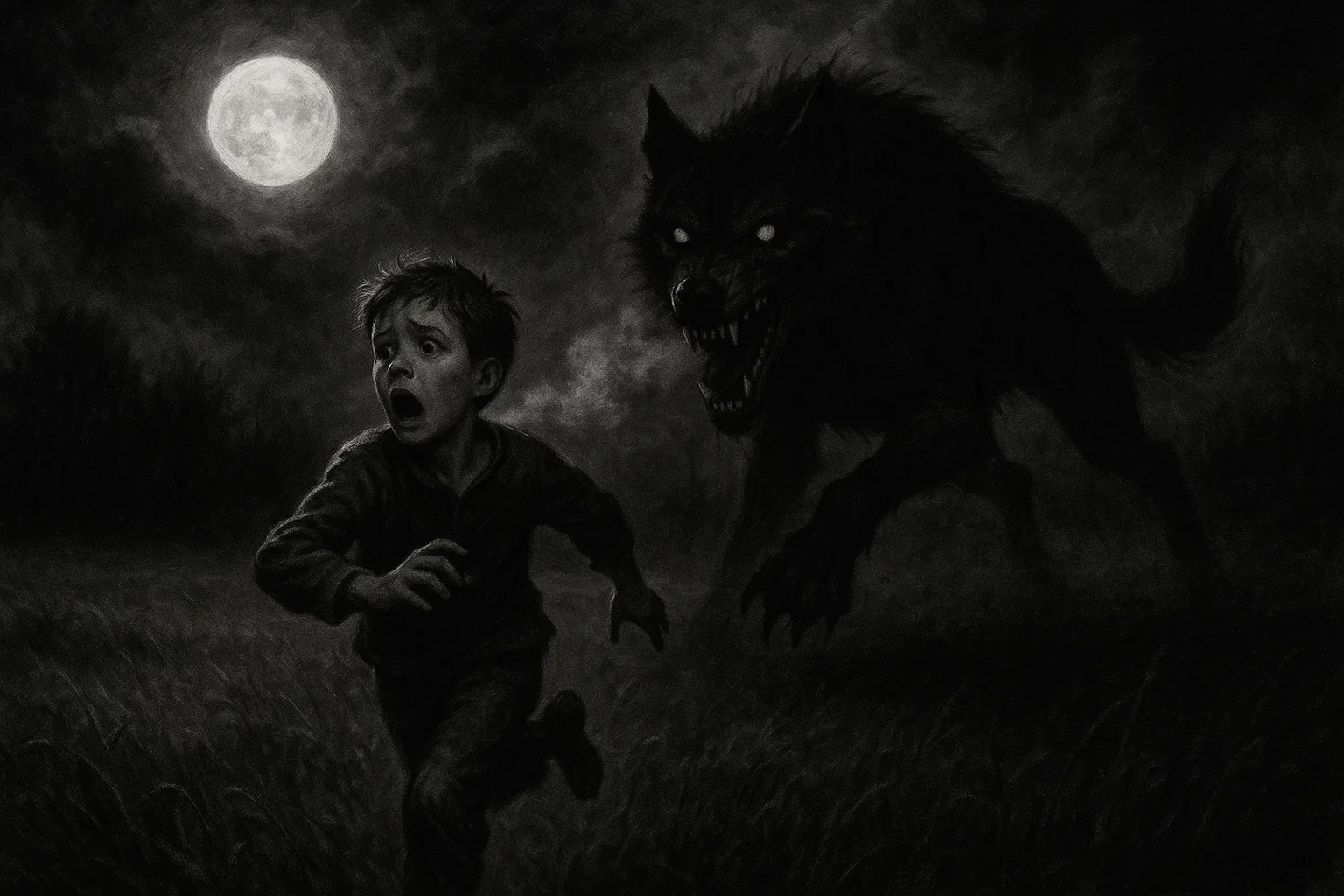The Werewolves of Greifswald is a gripping folklore tale from 17th-century Pomerania, set in the bustling university city of Greifswald, Germany.
Around 1640, during the chaos of the Thirty Years’ War, the city’s Rokover Street became a charnel house as ferocious werewolves reportedly attacked anyone venturing out after 8 PM.
A band of venturesome students, armed with inherited silver buttons possibly melted into bullets, confronted these monstrous beasts in a frenzied clash, restoring safety to the terrified community. Recorded as an oral tradition in J. D. H.
Temme’s 1840 collection Die Volkssagen von Pommern und Rügen, this haunting legend reflects the era’s palpable dread of lycanthropy and supernatural malice. Though not a historical event, it captures 17th-century cultural anxieties and the triumph of communal heroism over primal terror.
Table of Contents
Overview
| Aspect | Details |
|---|---|
| Location | Greifswald, Pomerania, Germany; primarily Rokover Street |
| Time Period | c. 1640 (noted as “two hundred years ago” in Temme’s 1840 account) |
| Werewolf Identity | Anonymous; a “frightfully large number” of werewolves, no specific names |
| Suspected Origins | Cursed individuals or occult practitioners using diabolical pacts or artifacts |
| Key Figures | Unnamed students led by Wilhelm von Hagen (attributed); magistrate Johann von Brandt; priest Father Matthias |
| Crimes | Nocturnal attacks on residents after 8 PM; estimated 20–40 victims, including merchants, women, and children |
| Modus Operandi | Mauled victims with claws and fangs, leaving mangled remains in alleys and streets |
| Discovery | Victims’ gore-soaked bodies found by residents; panic sparked student action |
| Victims | Klaus Weber (merchant), Anna Schmidt (girl), Hans Müller (baker), others; livestock losses reported |
| Witnesses | Johann Fischer (tavern keeper), Peter Klein (watchman), Greta Fischer (resident) |
| Outcome | Werewolves slaughtered by silver; Greifswald restored to safety |
| Primary Source | J. D. H. Temme’s Die Volkssagen von Pommern und Rügen (1840), oral tradition |
| Other Sources | 1640s Mecklenburg chronicle (vague); Brad Steiger’s retellings; regional folklore |
Who Were the Werewolves of Greifswald?
The Werewolves of Greifswald are an enigmatic horde in the folklore, described as a “frightfully large number” that infested the city, particularly Rokover Street, a narrow, shadow-haunted lane.
Unlike historical cases naming individuals like Peter Stumpp or Gilles Garnier, this tale omits specific identities, amplifying their spectral menace. This anonymity portrays them as a faceless plague, embodying feral savagery that threatens Greifswald’s order.
In 17th-century Pomeranian folklore, werewolves (Werwölfe) were often humans transformed through curses, diabolical pacts, or magical artifacts, such as a strap from a hanged man’s back, as noted in Temme’s other tales.
While the Greifswald story lacks such details, it likely draws on these motifs, suggesting the werewolves were accursed residents or occult sorcerers. Their nocturnal rampages align with wilkołak beliefs—German and Polish terms for werewolves—evoking malevolent spirits active under moonlight.
Their focus on Rokover Street, possibly a notorious district plagued by crime during the Thirty Years’ War, suggests a symbolic locus of unholy chaos.
The werewolves’ anonymity may reflect social paranoia about hidden enemies within Greifswald, a university city strained by war, famine, and lawlessness.
They could represent disgraced outcasts—beggars, deserters, or suspected witches—transformed by folklore into monstrous predators. Their preternatural nature, resisting conventional weapons, underscores the era’s fear of uncontrollable forces, making them a mythic embodiment of primal dread.
You May Also Like: Borley Rectory Ghosts: England’s Most Haunted House?
Werewolves of Greifswald’s Story
In the early 1640s, Greifswald, a Pomeranian port city, was a beleaguered bastion amidst the Thirty Years’ War’s devastation. Its university, a hub of scholarly vigor, stood in stark contrast to the raging turmoil outside.
Around spring 1640, a ghastly scourge emerged: werewolves began ravaging Rokover Street, a cobblestone alley that became a deathtrap after 8 PM.
These ferocious beasts, with matted pelts and blazing eyes, attacked with claws rending and fangs tearing, leaving mangled corpses in their wake. Temme’s 1840 account describes a city overrun, its lycanthropic horde spreading abject terror.
Crimes and Accusations
The werewolves’ heinous rampages began with savage precision. On 5 April 1640, merchant Klaus Weber, aged 45, was found eviscerated near Rokover Street’s city gate.
His gore-soaked cloak bore deep gashes, his abdomen torn open, and organs missing, suggesting a frenzied mauling. On 20 May, Anna Schmidt, a 12-year-old seamstress, vanished while fetching water; her bloodied shawl, shredded by claw marks, was discovered in an alley, her scattered bones hinting at cannibalistic horror.
Baker Hans Müller, 38, was attacked on 10 June, his throat ripped and limbs severed, his shattered skull found by watchman Peter Klein at dawn.
Estimates suggest 20–40 victims by autumn 1640, including merchants, artisans, and children, though exact numbers are shrouded in myth. Livestock losses compounded the carnage: farmer Johann Weber reported 15 sheep disemboweled on 25 April, their entrails strewn like ghastly ribbons.
A tavern keeper, Johann Fischer, found his cattle butchered on 30 May, their flanks gouged and ribs exposed. The relentless slaughter—human and animal—created a climate of dread, with blood-drenched streets fueling superstitious panic.
Witnesses bolstered the accusations. On 15 June, Fischer heard unholy shrieks near Rokover Street, describing a spectral beast with gnashing jaws.
Klein, patrolling on 20 June, saw a shadowy pack of wolves with unnatural gait, their eyes glowing like coals. Greta Fischer, Johann’s wife, found a severed hand in an alley on 5 July, its fingers clawed and flesh gnawed.
These terrifying accounts convinced residents of a wilkołak infestation, a diabolical plague linked to occult forces.
The werewolves’ savage audacity escalated. On 1 August, a ghoulish spectacle unfolded: a peddler, Wilhelm Braun, was found impaled on a fence, his torso ripped and entrails dangling, as if the beasts taunted the city.
By September, Rokover Street was a forbidden zone, its fetid stench of decay repelling even the boldest. The palpable terror drove residents to barricade homes, their hearths flickering with dreadful anticipation.
Community Response and the Hunt
Greifswald’s authorities, led by magistrate Johann von Brandt, were paralyzed by fear.
On 5 July, Brandt ordered armed patrols, but muskets and swords proved futile against the invulnerable beasts. Father Matthias, the local priest, held firebrand vigils, ringing church bells to banish evil and preaching against demonic sorcery.
By August, village panic peaked, with taverns deserted and markets silent.
The university’s venturesome students, known for their rowdy spirit, took action.
On 10 October 1640, led by Wilhelm von Hagen, a charismatic scholar aged 22, they convened in a tavern, vowing to end the monstrous scourge.
Initial hunts on 12 October failed, as the werewolves evaded steel blades, their snarling laughter echoing. On 15 October, a student, Hans von Krüger, proposed using silver, a hallowed deterrent in folklore.
The students pooled inherited treasures—silver buttons, goblets, belt buckles, and spoons—amassing a gleaming hoard. Some accounts suggest they melted these into bullets for muskets and pistols, a laborious task in a blacksmith’s forge, though Temme mentions only buttons.
On the moonlit night of 20 October 1640, the students launched their relentless assault in Rokover Street.
Numbering about 30, they crept through shadow-haunted alleys, their silver-laden weapons glinting. The werewolves, sensing prey, emerged in a frenzied pack, their matted pelts reeking of blood. The clash was cataclysmic: silver struck true, piercing sinewy flesh.
The beasts’ blood-curdling howls shook the city as dark ichor spilled, their writhing forms collapsing. By dawn, the werewolves lay slaughtered, their mangled carcasses strewn across crimson cobblestones. Greifswald was liberated, and the students’ heroic triumph sparked raucous feasts.
You May Also Like: The Hands Resist Him: Creepiest Painting on the Internet?
Gruesome Details of the Crimes
The werewolves’ attacks were horrifically brutal. Klaus Weber’s eviscerated body showed claw gashes slicing through muscle and bone, his ribcage exposed like a ghastly cage.
Anna Schmidt’s scattered remains included gnawed bones and a shredded scalp, suggesting ravenous hunger. Hans Müller’s ripped throat spurted arterial blood, his severed arm found meters away, claw marks etched into flesh.
Livestock were butchered with savage glee: sheep with gouged eyes, cattle with torn flanks, their viscera painting fields crimson. The fetid stench of rotting flesh in Rokover Street, coupled with unholy howls, cemented the lycanthropic nightmare.
Werewolves of Greifswald’s Trial
As a folkloric narrative, the Werewolves of Greifswald faced no formal trial. Unlike historical cases like Peter Stumpp, tortured and broken on the wheel, or Gilles Garnier, burned at the stake, Greifswald’s resolution was a vigilante purge.
The students’ silver assault on 20 October 1640 served as a communal judgment, bypassing judicial proceedings.
Investigation and Confrontation
No formal investigation preceded the slaughter. The gore-soaked discoveries of victims—Weber’s torn corpse, Schmidt’s shredded remains—spurred community outrage.
On 21 October, after the frenzied clash, villagers inspected the werewolf carcasses, noting unnatural features: elongated snouts, bristly tails, and clawed paws matted with blood. No human forms were identified, reinforcing the mythic narrative. Father Matthias led a solemn ritual, sprinkling holy water to cleanse the tainted street.
The absence of interrogations or confessions reflects the tale’s focus on heroic action. The students, led by von Hagen, were hailed as saviors, their silver buttons a hallowed relic.
Some accounts imagine a posthumous inquest: on 22 October, magistrate von Brandt examined the mangled beasts, burning their pelts in a roaring pyre to banish evil. This ritualistic destruction served as a proxy execution, satisfying village wrath.
Symbolic Justice
The silver slaughter was the sentence, a mythic purging of monstrous evil. Unlike Stumpp’s 1589 execution, where his flayed body was displayed, or Garnier’s 1573 burning, Greifswald’s carcasses were incinerated without torture.
The public spectacle—villagers cheering as ichor-soaked remains burned—mirrored witch-hunt practices, reinforcing communal order. The silver motif, rare in 1640s folklore, symbolized purity over corruption, foreshadowing modern werewolf myths.
You May Also Like: Jinmenken: Japan’s Terrifying Human-Faced Dog
Werewolves of Greifswald vs. Other Werewolves
| Case Name | Year | Location | Key Details | Notable Features |
|---|---|---|---|---|
| Peter Stumpp | 1589 | Bedburg, Germany | Devil pact, killed children; executed by breaking on wheel. | “Werewolf of Bedburg”; magical belt; gruesome execution drew crowds. |
| Gilles Garnier | 1573 | Dole, France | Ate children, demonic aid; burned at stake. | “Hermit of Dole”; confessed to four murders; trial amid famine fears. |
| Werewolves of Poligny | 1521 | Poligny, France | Three men ate children; burned at stake. | Pierre Burgot and Michel Verdun; devil’s ointment; early group accusation. |
| Jean Grenier | 1603 | Bordeaux, France | Shepherd boy, child attacks; deemed insane, imprisoned. | Youngest case at 14; wolfskin gift; spared due to insanity. |
| Jacques Roulet | 1598 | Angers, France | Killed boy, confessed; deemed insane, not executed. | Blood-covered; salve transformation; leniency for mental health. |
| Thiess of Kaltenbrun | 1692 | Livonia, Estonia | Fought devils as werewolf; whipped, banished. | “Hound of God”; benevolent werewolf; late Baltic trial. |
| Beast of Gévaudan | 1764–67 | Gévaudan, France | Wolf-like creature killed 100+; killed by hunters. | National panic; remains in Versailles; cryptozoological debate. |
| Hans the Werewolf | 1582 | France | Attacked livestock; confessed, executed. | Rural livestock focus; tortured confession; lesser-known case. |
| Werewolf of Châlons | 1598 | Châlons, France | Lured children; burned at stake. | “Demon Tailor”; cannibalism; records destroyed. |
| Manuel Blanco Romasanta | 1853 | Galicia, Spain | 13 murders, lycanthropy claim; life imprisonment. | Spain’s first serial killer; curse defense; psychological approach. |
Was the Werewolves of Greifswald a Real Werewolf Case?
The Werewolves of Greifswald is a mythological tale, not a historical event. Its primary source is J. D. H. Temme’s 1840 Die Volkssagen von Pommern und Rügen, which records it as an oral tradition from Greifswald’s residents.
Temme, a Pomeranian folklorist, describes a “frightfully large number” of werewolves defeated by students’ silver buttons, but no 1640s documents—court records, parish registers, or city chronicles—corroborate this.
A vague 1640s Mecklenburg chronicle mentions a “cunning wolf” near Greifswald, possibly a real predator mythologized into a lycanthropic horde.
Later retellings, such as Brad Steiger’s 2011 Werewolf Book, embellish with silver bullets and “old records,” details absent in Temme’s text. Temme’s other Pomeranian tales, like a 1831 Zarnow werewolf or a hanged man’s strap inducing transformation, suggest regional wilkołak beliefs, likely shaping Greifswald’s narrative.
A 1599 Discourse on Lycanthropy by Jean Beauvoys de Chauvincourt, arguing lycanthropy as a diabolical illusion, provides context for 17th-century views, possibly influencing local folklore.
The tale reflects the cultural turmoil of 1640s Pomerania. The Thirty Years’ War (1618–1648) brought famine, plague, and lawlessness, increasing wolf attacks that folklore transformed into werewolf infestations.
Greifswald’s university, with its rowdy students, likely inspired the heroic scholar motif, symbolizing reason over chaos. The silver motif, rare in early folklore, aligns with beliefs in silver’s purifying power, later popularized in 20th-century fiction.
The war’s social unrest—vagrants, deserters, suspected witches—may have fueled fears of hidden monsters, with Rokover Street as a symbolic epicenter.
Modern scholars see the tale as a cultural artifact. Clinical lycanthropy, a psychiatric disorder, is irrelevant, as no individuals are named. Real wolf attacks, exacerbated by war, likely sparked the legend, with exaggerated horrors reflecting communal anxiety.
The witch-hunt era, with ~100,000 executions for lycanthropy and witchcraft, shaped such narratives, but Greifswald’s lack of trial evidence confirms its folkloric nature.
You May Also Like: Types of Werewolves Ranked by Power and Origin
Conclusion
The Werewolves of Greifswald is a mesmerizing saga of lycanthropic horror, weaving primal fear with heroic resolve.
The students’ silver triumph over Rokover Street’s monstrous horde captures 17th-century Pomerania’s superstitious psyche and intellectual pride. Though not historical, this folkloric gem illuminates cultural anxieties about transformation and predation, resolved through mythic ingenuity.
Temme’s tale endures, a haunting testament to humanity’s eternal struggle against the unknown.

